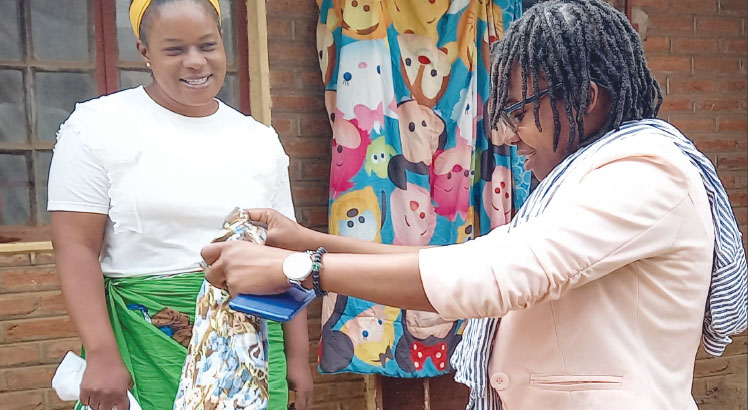The mining sector in the country accounts for a meagre one percent of the gross domestic product (GDP).
Although government expects mining to grow by five percent in the short term, its contribution to GDP will still remain low.
In the long term through Malawi 2063, the country’s long-term strategy, government plans to increase this contribution to GDP to 10 percent.
It is a long shot considering the impediments that have plagued the industry require a review without necessarily overhauling the whole legal framework.
Malawi boasts of several minerals with economic potential such as uranium, apatite, bauxite, kyanite, coal, kaolinitic, limestones, rare earths, sulphides, vermiculite, graphite and titanium. These minerals were evaluated by the Geological Survey Department and private companies.
Currently, gas and oil exploration are underway in Lake Malawi. We have also managed to exploit several minerals in the previous years such as uranium, coal, limestone, phosphate, iron ore, precious stones and rock aggregate.
However, we have not reaped the maximum benefit possible from the mineral we have so far exploited.
Recently, Sovereign Metals Limited announced it had discovered the largest rutile deposits in the world and the second largest deposit of Graphite at Kasiya in Lilongwe.
Rutile is the main source of titanium dioxide used in a wide range of consumer products such as paints, cosmetics, toothpaste et cetera and titanium metal is used as a replacement for steel yet it is 45 percent lighter.
Had we sealed a deal to be receiving at least 50 percent of proceeds from the enormous mineral quantities of 1.8billion tonnes at Kasiya as Sovereign Metals Limited claims, Malawi and its people would move out of poverty.
While this stands as good news, we have impediments that stem from our legislation, lack of civic engagement of the citizenry on mining, corruption in the sector when granting and renewing licenses, poor negotiation with mining investors and a veil of secrecy on mining deals.
As a result, we are getting ripped off in broad daylight. The Kayelekera Uranium mining deal being a perfect example.
From a sustainability point of view, we have to bear in mind that these mineral resources are entrusted to us by future generations. The poor decisions we make today deprives future generations of their birthright to make a decent living.
We owe it to them to make the most out of these natural resources today. Otherwise, these minerals are better left in the ground for future generations to make better use of them when favourable conditions allow.
If we look at mining loyalties, our laws prescribe a ceiling of five percent. This sounds ridiculous, but it is the law. The global average for mining loyalties is 3.5 percent.
Changing such a law to get more will backfire as it will make Malawi uncompetitive as a mining investment destination. However, we can circumvent it by establishing two public companies, each one supported by an Act of Parliament. The first one would be Mining Corporation responsible for mining and processing while the second one would be a distributor responsible for selling the minerals, be they processed or not.
The mining corporation will be the one to partner with International mining companies on 50/50 joint ventures to ensure we get maximum revenue possible from our minerals. The financing of this company will be a worthwhile capital expenditure. The distribution corporation will establish itself in our Capital City to ensure that Lilongwe becomes a market hub for our minerals.
This will safeguard losses we would incur at selling points if we were to sell the minerals in New York and London markets. Rutile products are rare; we have an upper hand. Let the customers come to us, so we can maximize our benefits.
We have been led to believe poverty is our curse. But taking Malawi out of the shackles of poverty is possible with the right mindset. Malawi is not a poor country; it is the people of Malawi that have a poor mindset. n
The post Mining our way to prosperity appeared first on The Nation Online.
 Moni Malawi
Moni Malawi 
